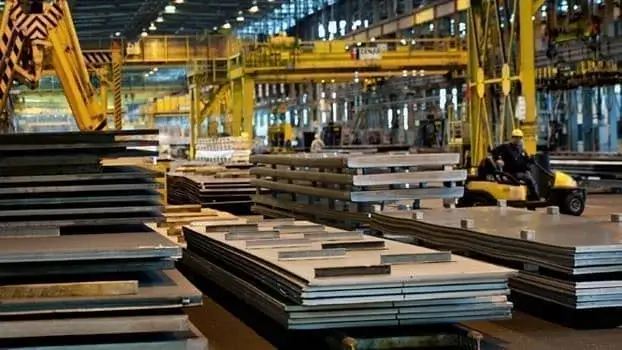Attempts by European steel producers to raise prices for rolled metal products met with stiff resistance from buyers, MEPS reports. Steel inventory levels are too high compared to current demand, which is below forecast and shows no signs of recovery.
Despite the announced production cuts, it is reported that supply has not been affected, and delivery times within the EU have become even shorter , than usual. By trying to secure larger contracts, the factories themselves undermine their own price expectations. Steel companies have been selling their products for more than a month at the break-even point, and in many cases even below it.
Competitive offers from East Asia are also putting downward pressure on European steel prices. Turkish producers facing high energy costs are making targeted offers to EU buyers. However, due to low placement volumes, buyer interest in such offers for delivery in early 2023 is limited.
Steel customers, like steelmakers, suffer from high energy costs and capacity constraints. Purchasing decisions may be delayed in anticipation of a further decline in steel prices.
Fear of a sharp increase in electricity prices in the coming winter has been the main driving force behind steel mills' efforts to raise prices. Most European governments have announced their intention to limit spending. This weakened one argument used by manufacturers to justify higher bids, even if they didn't fully cover previous increases. Relatively stable raw material costs also limit the possibility of price increases.
However, most European distributors are optimistic about the current situation. The performance this year has been very good. The goals are to minimize losses through the end of the year and control inventory to ensure a stable base for 2023.




